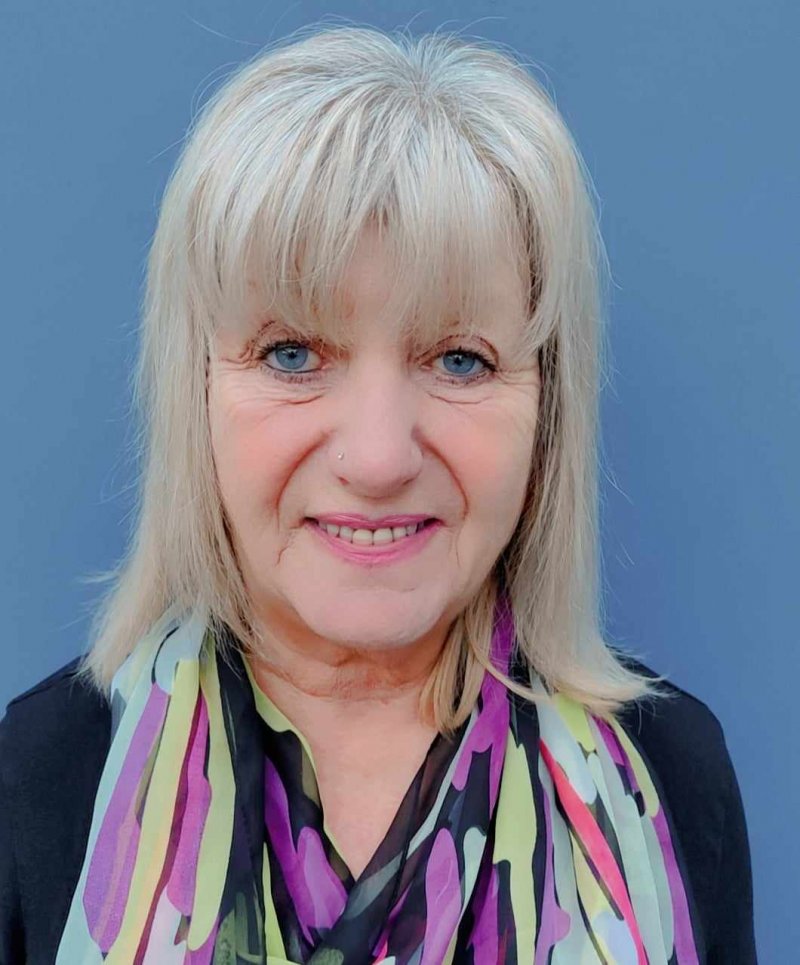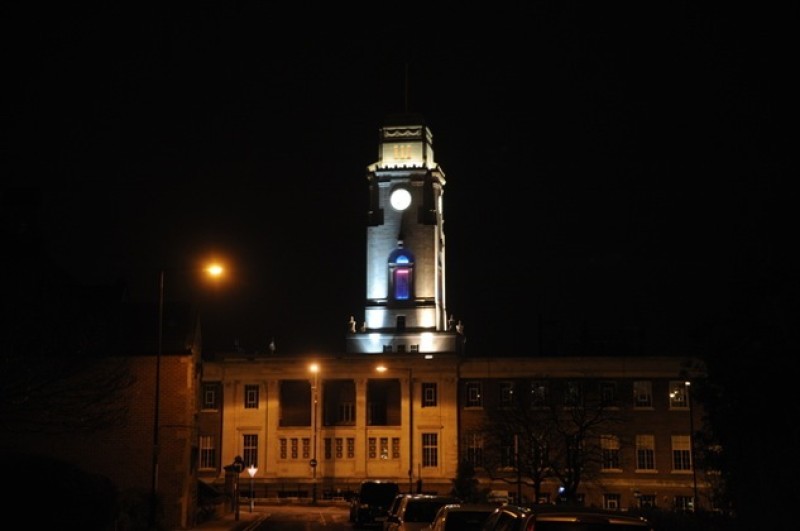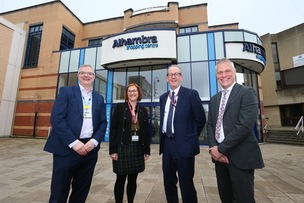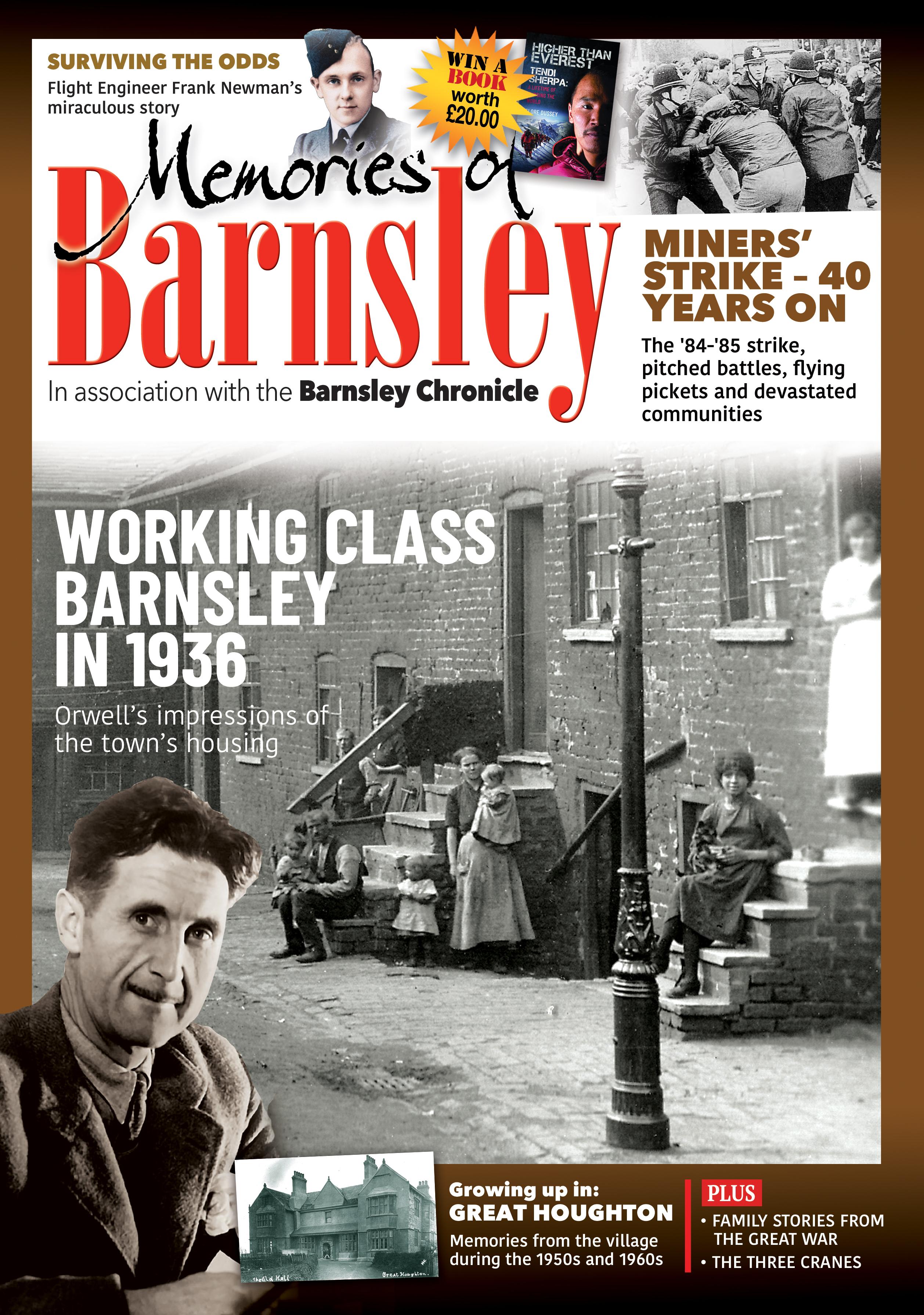CASH paid to Barnsley Council by housing developers to compensate communities doubled last year due to an influx of new homes being approved.
According to figures obtained by the Chronicle, £1.7m in Section 106 was generated in 2016/17 - an amount which rose dramatically to £3.4m in 2017/18.
The money can be divided into seven categories including affordable housing; community facilities; education; greenspace; highways; public open space and travel plan contributions.
Although each aspect does not have to receive an allocation, affordable housing contributions, education and public open spaces have topped the list in recent years as schools have been extended and current children’s parks have been improved as a knock-on effect of the new housing stock.
And the figures are set to continue rising in years to come, as Barnsley is required to up its current build rate and provide 21,500 new homes before 2033.
Matthew Gladstone, executive director at Barnsley Council, said: “We received £1.7m in Section 106 money in 2016/17 and £3.4m in 2017/18.
“This increase is due to an increase in residential housing development and developers providing contributions towards affordable housing.
“This money is used to improve local infrastructure, including school places, public open space and highway infrastructure.”
One of last year’s biggest housing developments in Barnsley, Barratt Homes’ controversial 278-home estate off Carrs Lane in Cudworth, was initially rejected due to the council and the builder being unable to reach an agreement on how much cash should be offered.
However, a new figure - thought to be around £2m - was eventually agreed and work has now began on the site, with provision in place for nearby Birkwood Primary School to be extended as part of the agreement due to an expected increase in children.
But despite this, communities which have yielded large-scale housing estates have bemoaned the dividing up of Section 106 funds, as some agreements between the council and a developer are Barnsley-wide and are not area-specific.
This means some villages where new housing is haven’t received a full allocation and money has been spent elsewhere.
Coun Roy Miller, cabinet spokesperson for place, said: “Each legal agreement is unique with its own spend conditions so the money could relate to a specific area, or the whole of the borough depending on the agreement in question.
“Over the last three years we’ve seen a large increase in Section 106 money due to an increase in planning permission for housing developments and developers starting to provide significant contributions towards affordable housing off site.
“Plans are in place to spend all of the monies received so although the Section 106 agreements require contributions to be spent within five or ten years of receipt, we’re not at risk of losing any monies.
“It’s also important to be aware that there’s always a lag between monies being received, allocated to a project and spent. This is because of the uncertainties of when payments will be made - as it depends on if and how quickly the developer brings forward the site.
“Any preparation carried out on a project funded by Section 106 will often be at risk and could end up being abandoned if the monies are not received either because the development does not begin or is delayed.
“The lag can also be due to the council aiming to deliver best value by holding onto monies until opportunities for match funding become available or because there’s a project still in the formative stages that would better align with our overall priorities.”



























